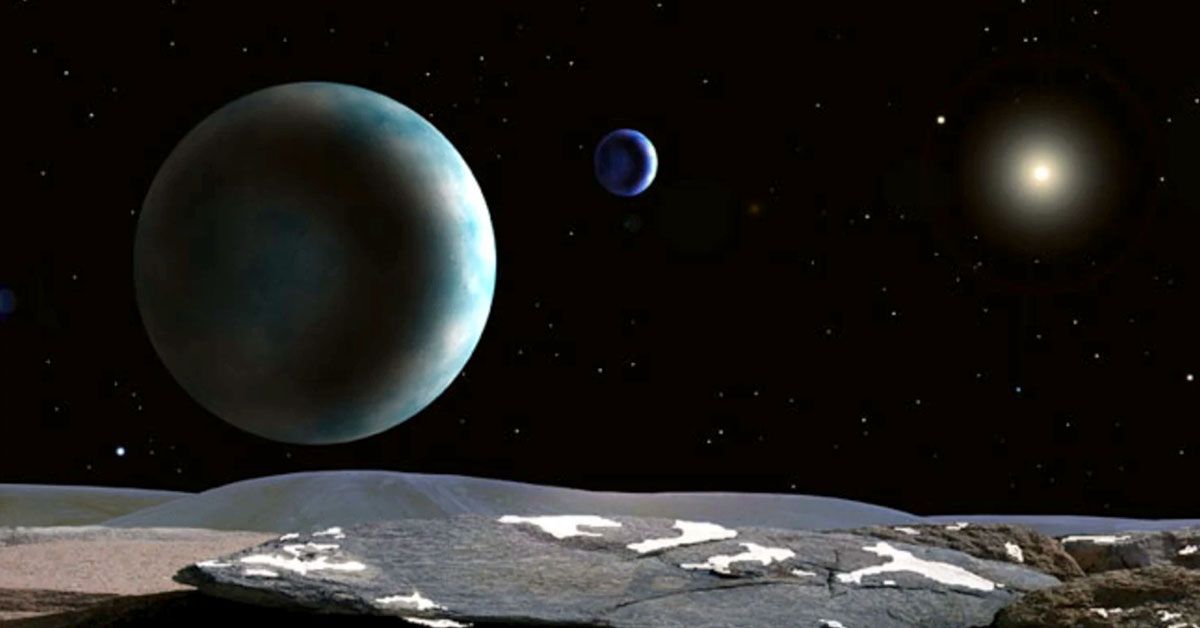Our universe is a vast, bewildering expanse filled with celestial wonders that continuously pique our curiosity. Among these are the intriguing entities known as dwarf planets, bodies that sail their independent paths, weaving their unique narratives within the grand tapestry of our solar system. But what sets them apart? What makes these cosmic bodies a subject of such fascination and rigorous scientific debate? In our exploration today, we'll dive into these celestial wonders' curious realm, uncovering their mysteries, the insights they provide into our cosmic origins, and why they're reshaping our understanding of the solar system itself.
The Seven Strange and Enigmatic Dwarf Planets
Haumea: The Peculiar Football-Shaped Dwarf Planet

Let's first turn our gaze to Haumea, an oddball of a dwarf planet nestled in the fringes of the Kuiper belt. This celestial body sports a shape that's more reminiscent of a football or an egg than a sphere, a direct result of its dizzyingly fast spin. This rapid rotation, unique among known dwarf planets, distorts Haumea into its unconventional form. Adding to its peculiarity, Haumea boasts not one but two moons, Hiyaka and Namaka, circling it in a celestial ballet. The cherry on top? Haumea proudly wears a ring, a surprising feature that further distinguishes it from its counterparts.
Eris: The Troublemaker in Pluto's Reclassification

Next on our itinerary is Eris, the troublemaker. Though smaller than Pluto, Eris played a significant role in the cosmic drama of Pluto's reclassification. Like an actor in a play, Eris took the stage of the Kuiper belt, setting in motion a chain of events that led to the reconsideration of what it means to be a planet. With its elongated, highly inclined orbit and extended orbital period, Eris is a prime example of the varied and intriguing characteristics dwarf planets can possess.
Sedna: The Reddish Giant in the Oort Cloud
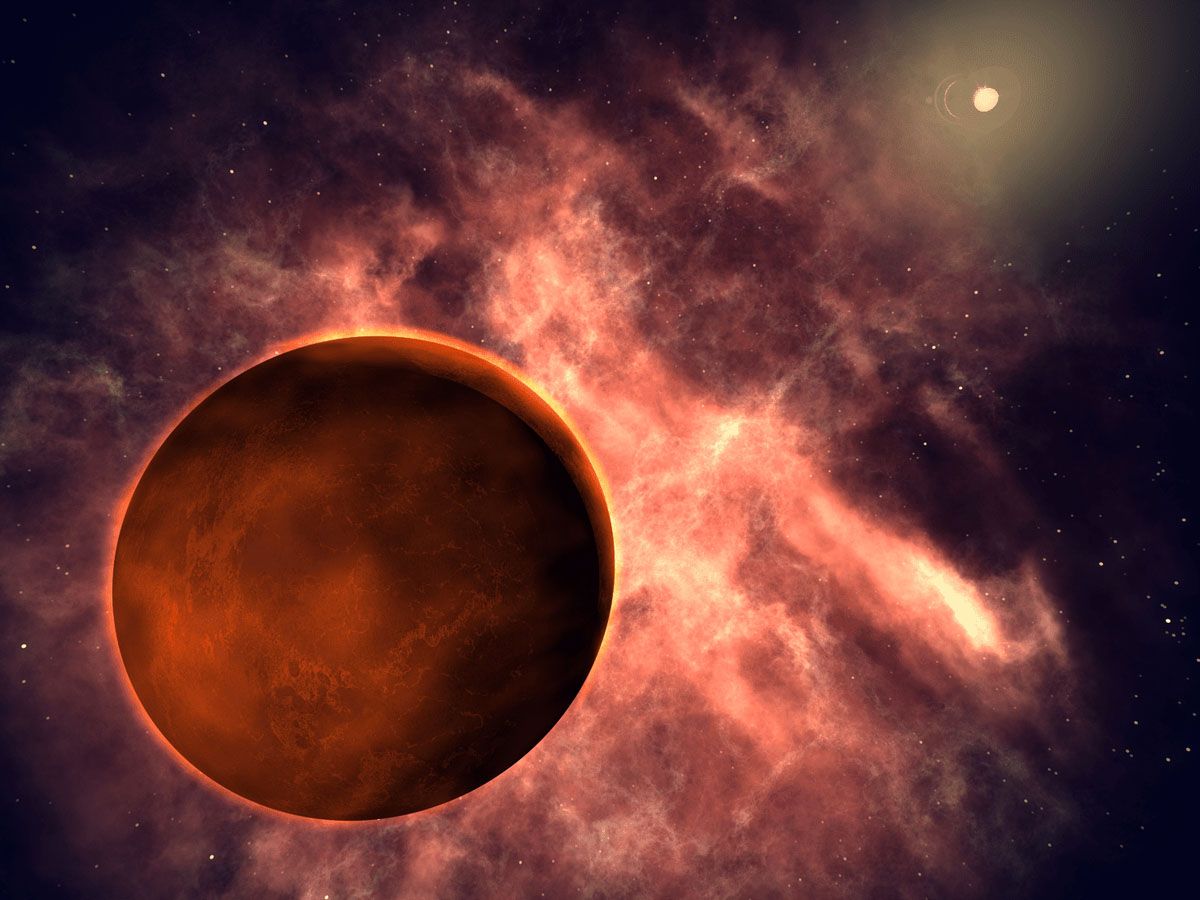
Journeying further from the sun, we encounter Sedna. Lying in the distant, theoretical Oort cloud, far beyond Neptune's orbit, Sedna is a testament to the vastness and diversity of our solar system. Its unique reddish hue hints at a different composition from other celestial bodies, possibly due to a different formation history. As one of the largest objects discovered in our solar system since Pluto, Sedna is a prime example of the astounding discoveries that continue to reshape our understanding of the cosmos.
Makemake: The Icy World in the Kuiper Belt
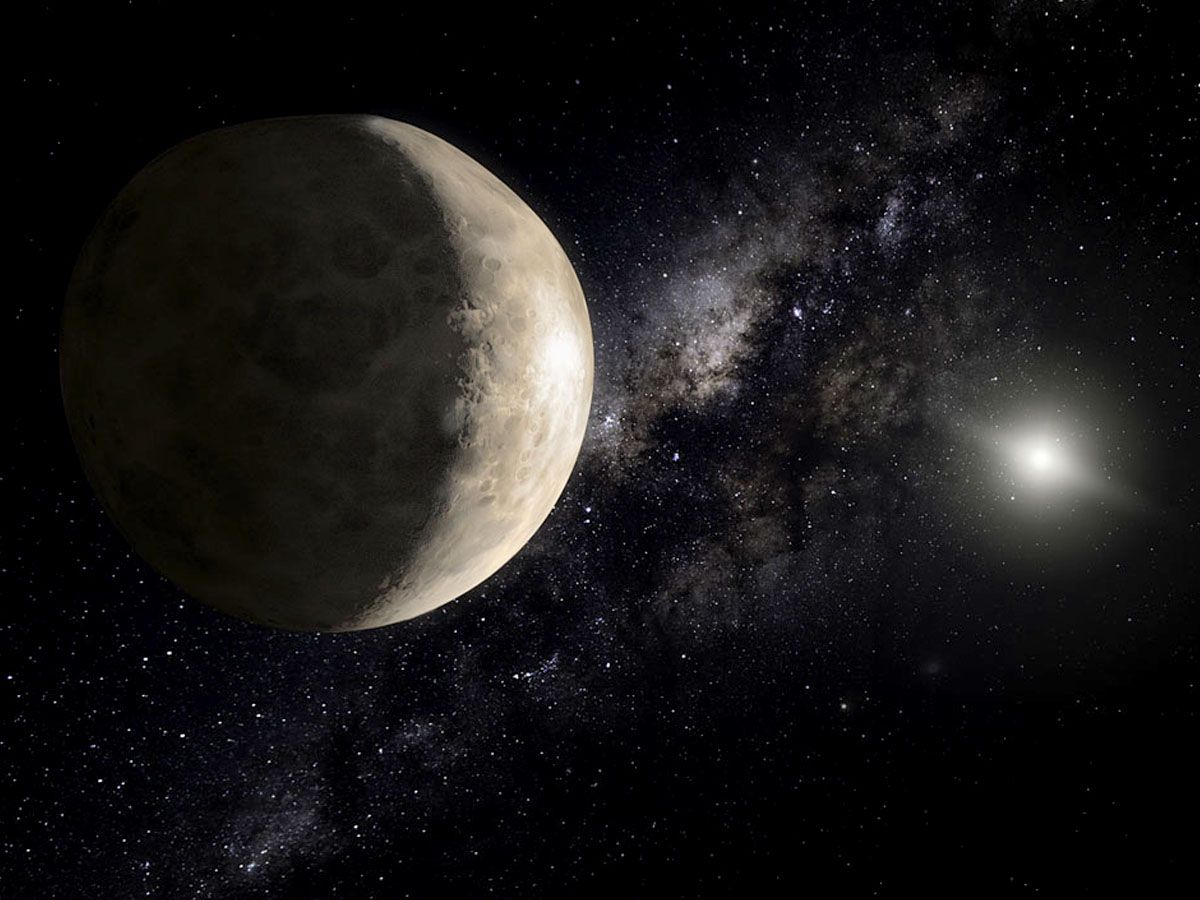
Back to the Kuiper belt, we find Makemake, an icy world that pushes the boundaries of our understanding. Despite its distance from the Sun, Makemake presents a dazzling display of bright ice and methane pellets blanketing its surface. This distant dwarf planet is a frozen testament to the diverse and fascinating worlds that inhabit our solar system.
Ceres: The Water-Rich Giant in the Asteroid Belt
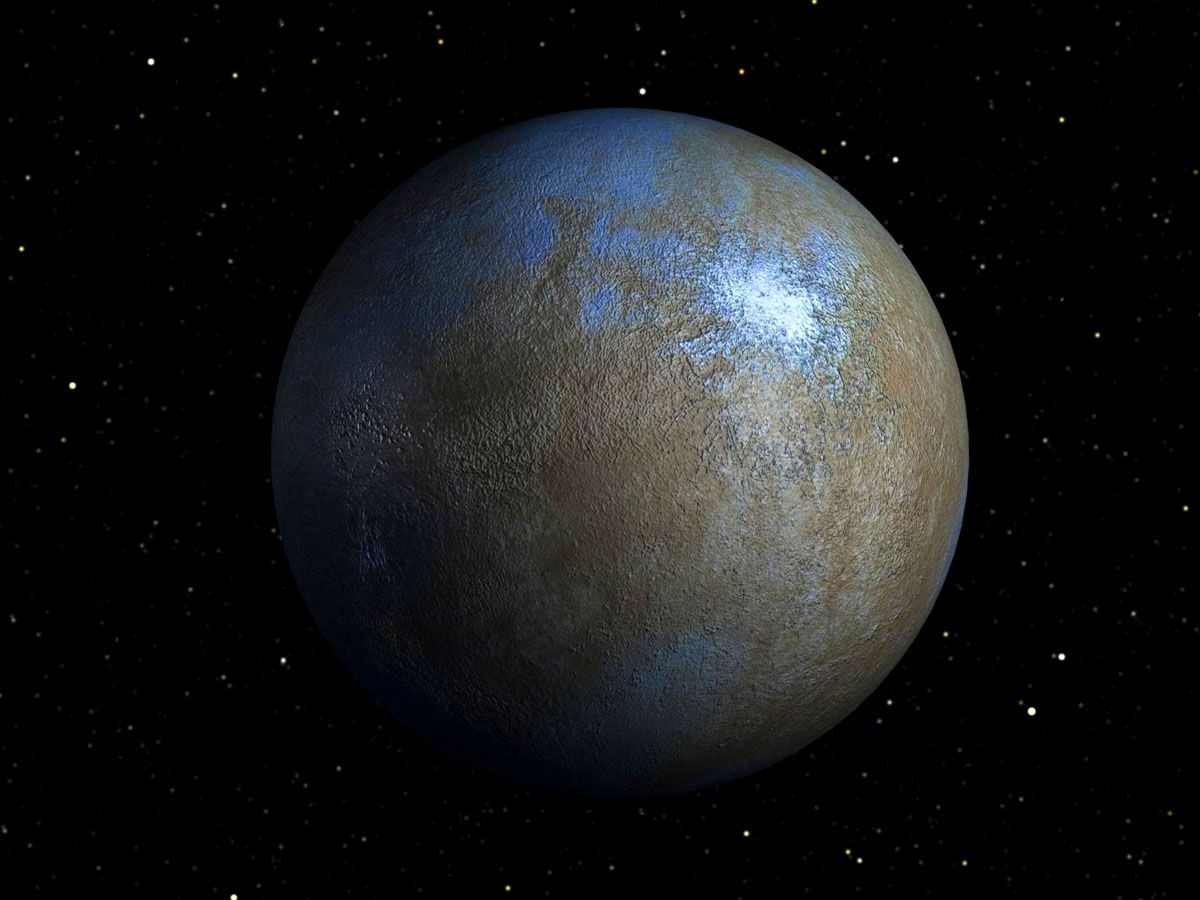
Let's now venture closer to home, where we encounter Ceres, the largest object in the asteroid belt and a classified dwarf planet. Unlike its distant cousins in the Kuiper belt and beyond, Ceres is a water-rich world, with a composition that has sparked interest in its potential for hosting life. Its surface is pockmarked with bright spots, thought to be salt deposits, painting a striking contrast against its dark surface.
Triton: Neptune's Moon with a Mysterious Past
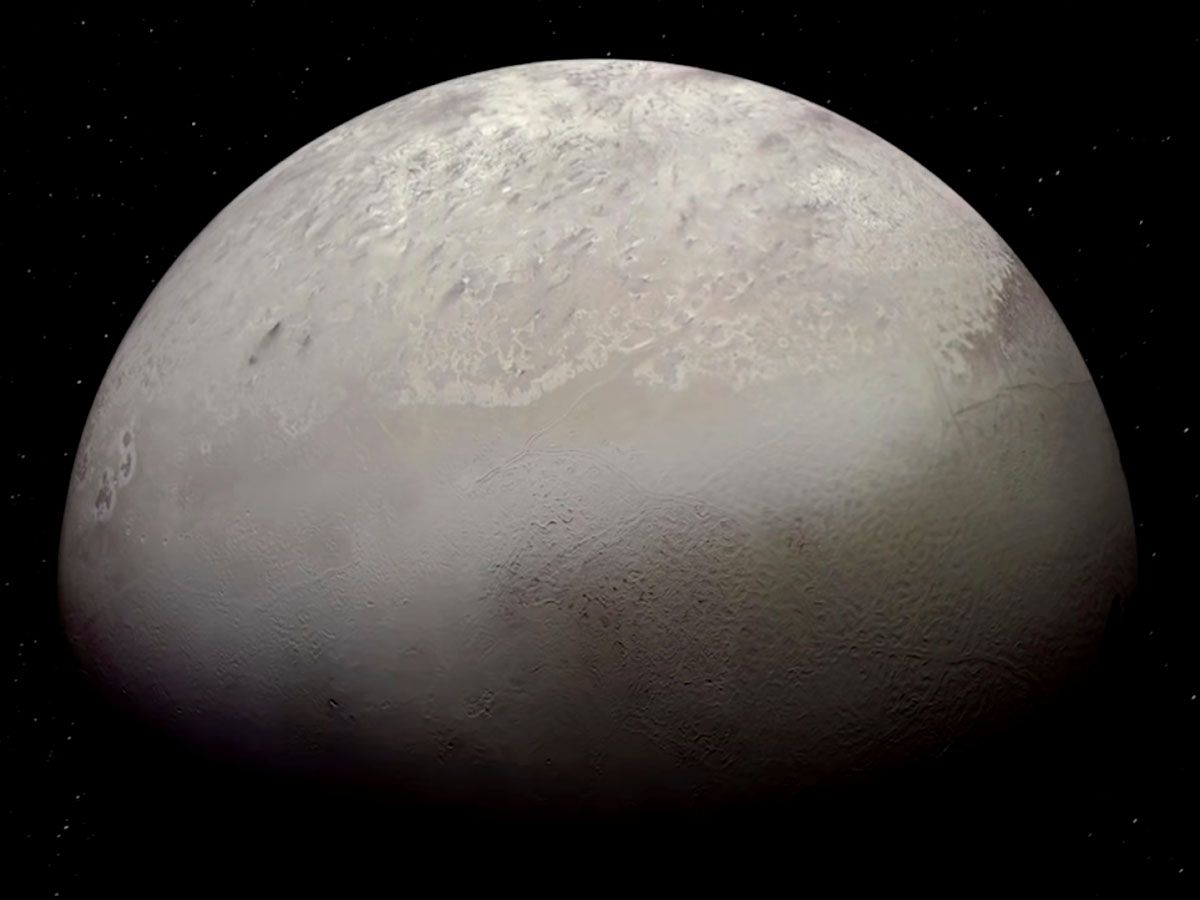
Our journey brings us next to Triton, a moon of Neptune with a backstory that's riddled with mystery. Unlike other moons, Triton orbits its planet in a direction opposite to Neptune's rotation, a retrograde orbit suggesting it was likely captured by Neptune's gravity in the distant past. And here's a twist: Triton might have once been a dwarf planet, much like Pluto. Beneath its icy surface, scientists believe, could lie a subsurface ocean, a prospect that adds another layer of intrigue to this enigmatic moon.
Pluto: The Rebellious Ex-Planet

Our exploration culminates with Pluto, the rebellious ex-planet. The largest of the dwarf planets, Pluto resides in the Kuiper belt, traveling in an oval-shaped and inclined orbit around the sun. Despite its reclassification, Pluto remains a fascinating world that continues to captivate scientists and laypersons alike. It's wrapped in a thin atmosphere and is orbited by five moons, a tally that surpasses the combined moon count of the four innermost planets. Despite its demotion, Pluto continues to hold a special place in our understanding of the solar system, a testament to the enigmatic charm of these celestial underdogs, the dwarf planets.
What is the Definition of a Planet and How do Dwarf Planets Differ?
Venturing further into our galactic surroundings, we inevitably come across the query, "What constitutes a planet?" The International Astronomical Union (IAU) provides a clear-cut response to this, defining a planet as a celestial entity that revolves around the sun, possesses a spherical or almost spherical form, and has successfully swept its orbital path clean of other detritus. This definition, officially adopted in 2006, may seem straightforward, but it holds deep implications and serves as the cornerstone of our solar system comprehension.
In contrast, dwarf planets fulfill only two of these conditions. They revolve around the sun and possess a round form. Yet, they deviate fundamentally in a single, vital aspect: their orbits remain cluttered with other celestial fragments. In other words, as dwarf planets journey around the sun, their orbital trajectory is interspersed with entities like asteroids, comets, and various other space bodies. This salient divergence separates dwarf planets from the more substantial planets and fuels the continuing discourse in the scientific community over their categorization.
The Ongoing Scientific Debate on Dwarf Planet Classification
Classifying dwarf planets isn't merely an exercise in scientific semantics, it represents a vibrant arena of intellectual engagement and ongoing dispute within the world of astronomy. The linchpin of this contention is none other than Pluto, a celestial entity that was once crowned with full planetary honors only to be demoted to the ranks of dwarf planets later. This relegation triggered a wave of dissent, culminating in a recent study that proposed restoring Pluto to its former planetary glory. This audacious suggestion not only puts Pluto's status under the spotlight but also directly confronts the established planetary definition laid down by the International Astronomical Union (IAU). This unfolding debate underscores the fluidity and constant evolution inherent in our quest to comprehend the vast expanse of the cosmos.
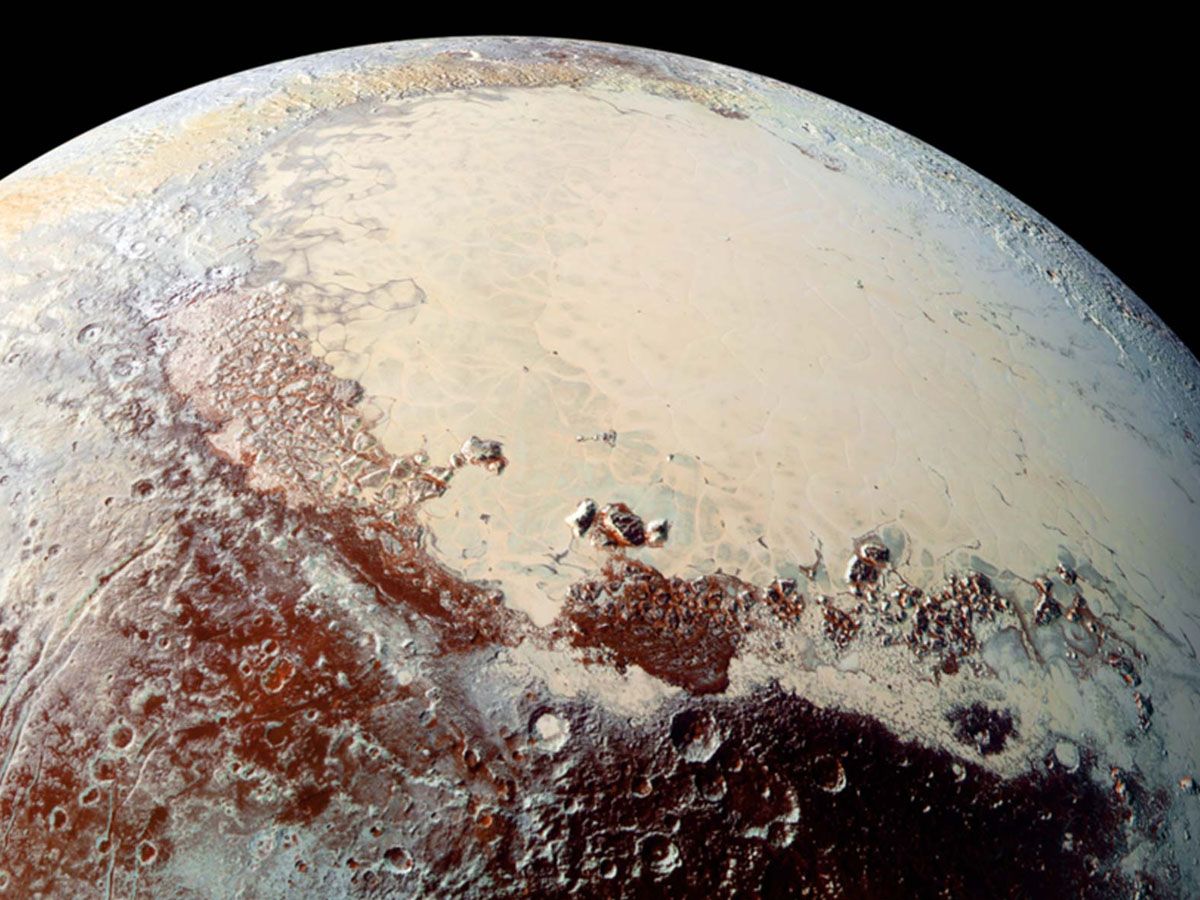
Understanding the Complex Nature of Dwarf Planets
Despite the swirling debate around their classification, dwarf planets are undeniably captivating celestial bodies that deserve our attention. At first glance, they might appear similar to regular planets. They boast a round shape, a testament to their sufficient mass and gravity that allows them to maintain this form. They're not nomadic wanderers like irregularly shaped asteroids. They follow a designated path around the sun, dutifully tracing their orbits as they journey through the cosmos.
However, life on a dwarf planet isn't a tranquil, leisurely stroll. It's more akin to a thrilling roller coaster ride. Their paths are often strewn with various objects, asteroids, and other celestial bodies that they must navigate around. This makes their journey potentially turbulent, a stark contrast to the relatively clear and undisturbed orbits of regular planets. This distinctive characteristic not only sets dwarf planets apart but also makes them intriguing subjects of study in our ongoing quest to unravel the complexities of our magnificent universe.
The Intriguing Diversity of Celestial Bodies
As we cast our gaze towards the cosmos, the solar system presents itself as an eclectic ensemble of celestial bodies. Its diversity, from the grand gas giants to the icy comets and everything in between, is nothing short of intriguing. This celestial variety show is not just for our amusement. It holds clues about our very existence, our cosmic roots. And we're on the brink of getting to know these celestial neighbors better. Tools like the James Webb Space Telescope and planned future flybys are set to pierce the veil of mystery surrounding these bodies, answering questions and undoubtedly raising new ones in the process.
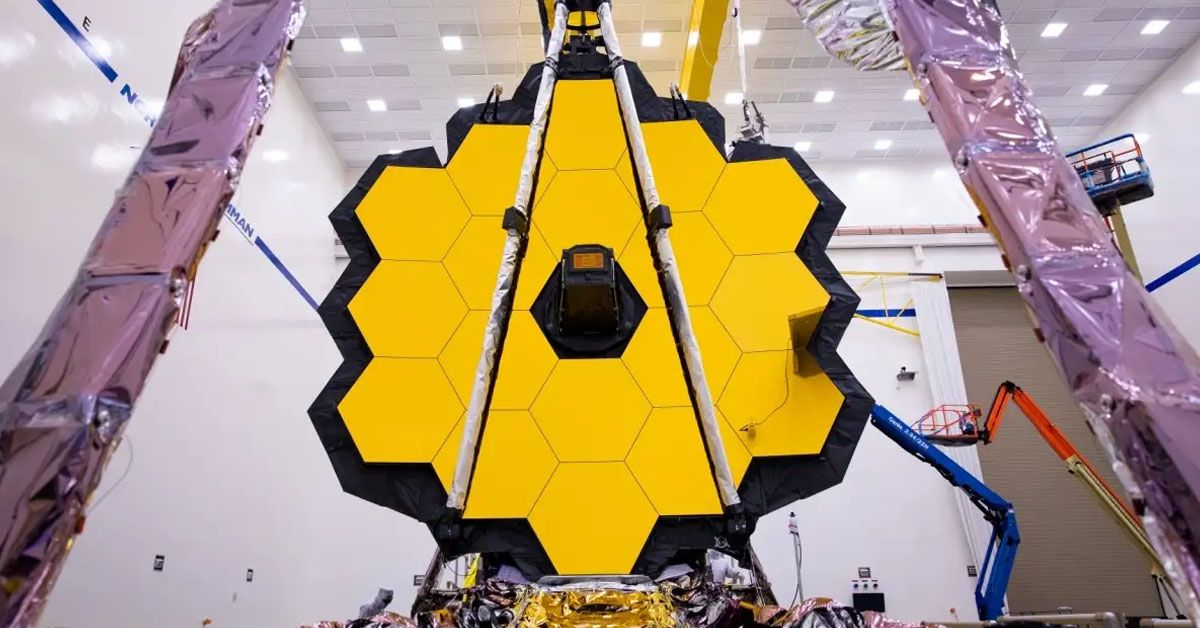
Dwarf Planets, Comets, Asteroids, and Satellites
Navigating the terminology of the solar system can be akin to walking through a linguistic labyrinth. The labels assigned to various celestial bodies often spark confusion. Case in point: Pluto, which initially wore the badge of a planet before being recategorized as a dwarf planet. The terminology of celestial bodies is not set in stone. It evolves as our understanding of the universe deepens.
Scientists continually refine their ideas about the nature and functioning of these celestial objects, leading to shifts in how we label them. The distinctions between dwarf planets, comets, asteroids, and satellites are subtle and intricate, with many overlapping features. These shared characteristics highlight the interconnectedness of our solar system's components, even as we strive to define them individually. It's a testament to the beautiful complexity of our cosmic neighborhood, a complexity that continues to challenge and inspire us in our quest to unravel the mysteries of the universe.
Sources: nasa.gov / sciencing.com / Factnomenal
